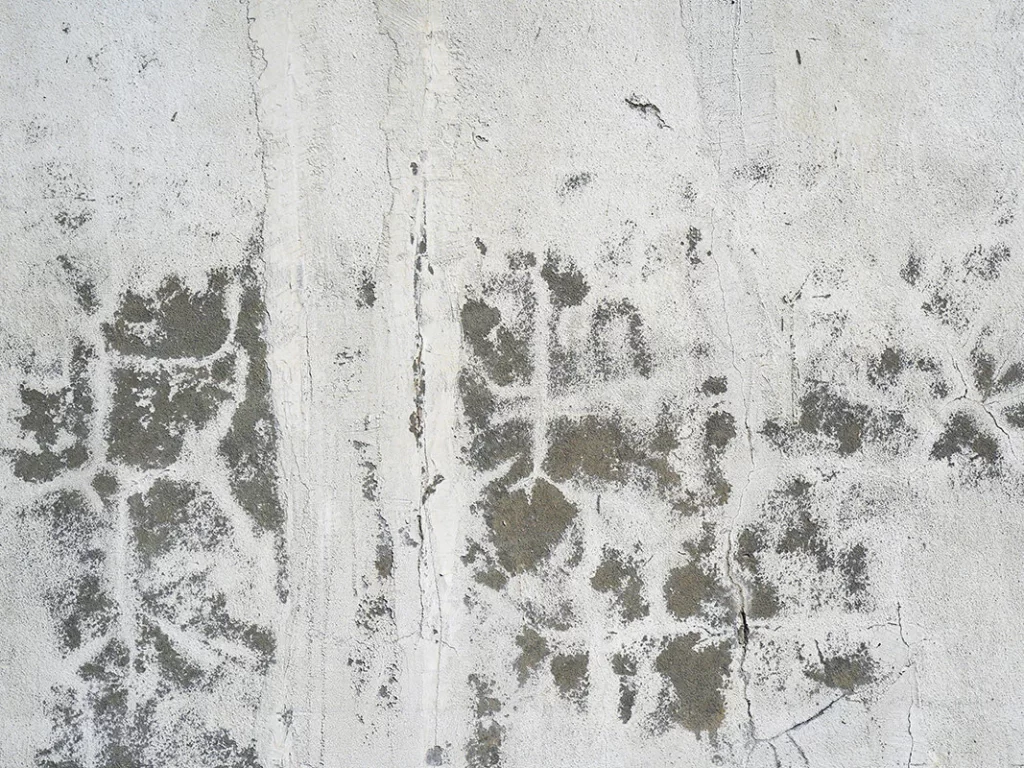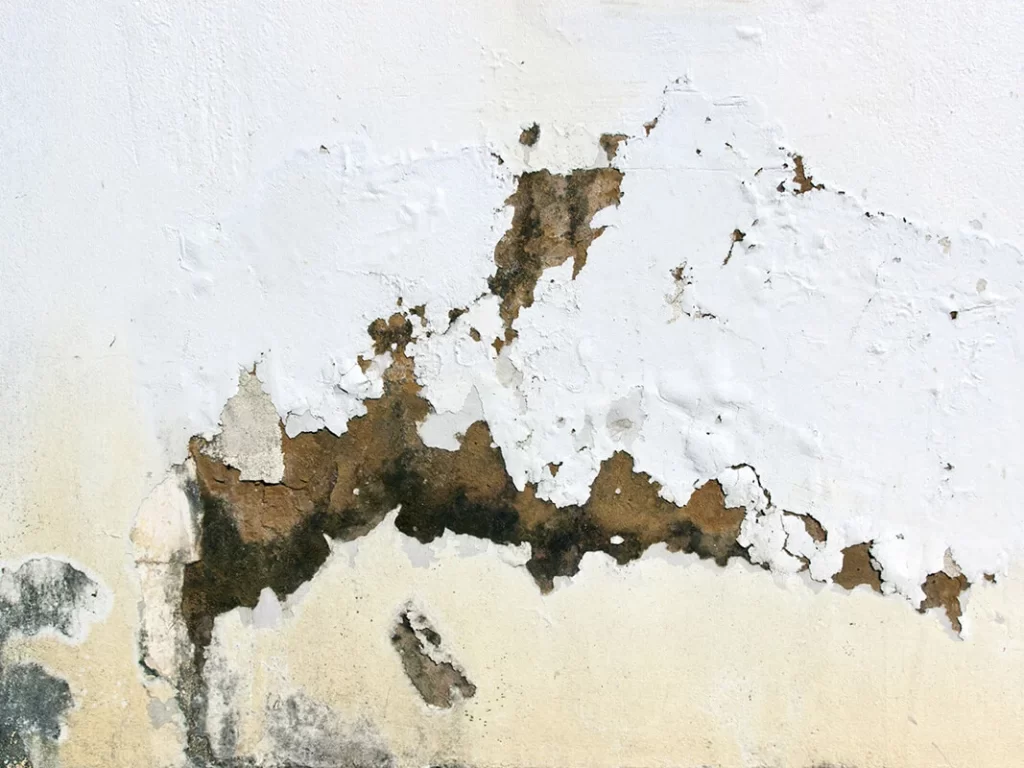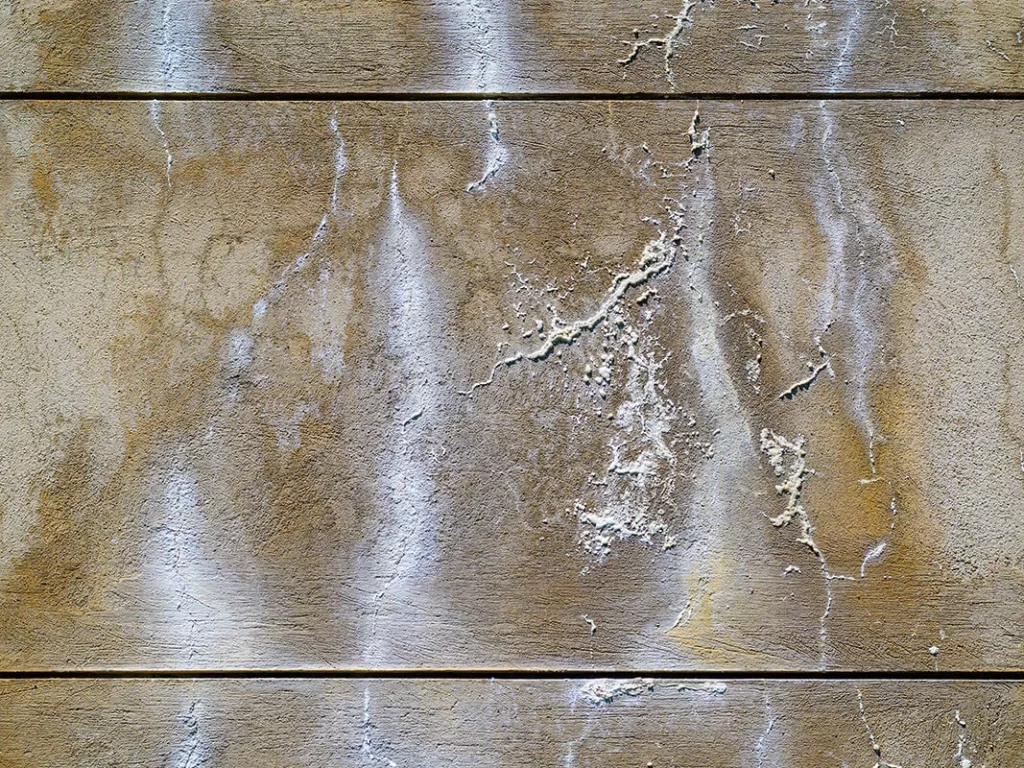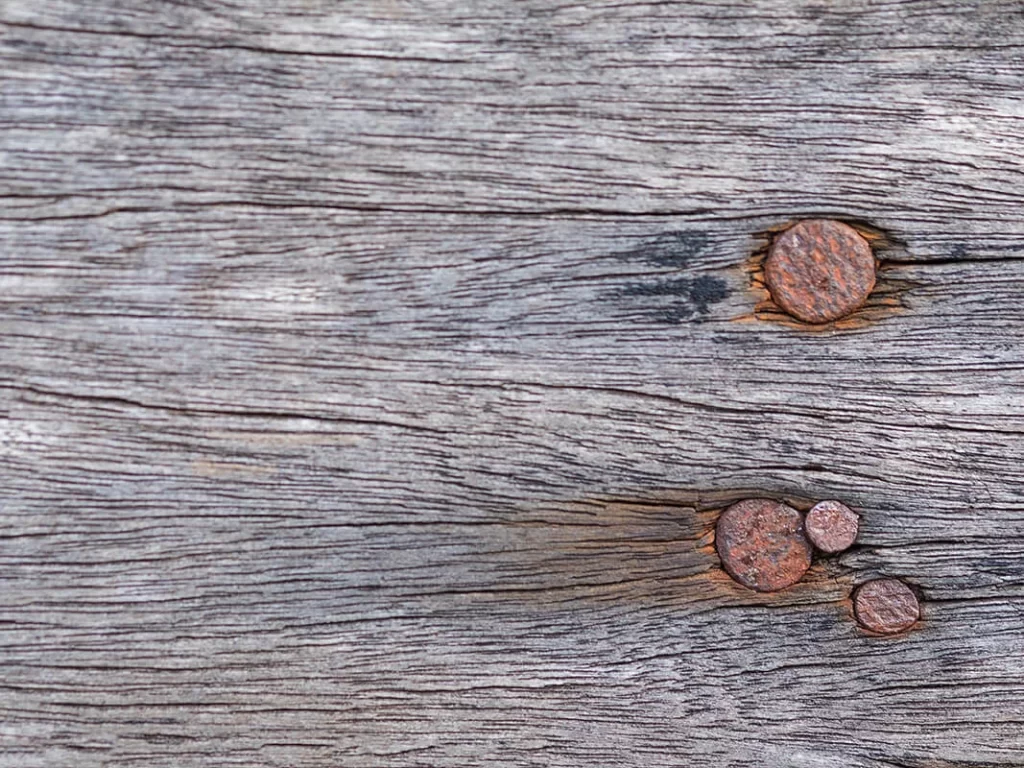Painting Problems for Exterior Paint Jobs Part 2
- Blog
- Brett

In the first part of this series, our painting experts from BJC Painting Services discussed a few of the problems that could develop on your exterior paint job. Here’s part two of our series for homeowners in Brisbane and the Gold Coast.
Development of mildew

Mildew is a type of fungus that grows on leaves, wood, and yes, even your interior and exterior walls. They start as grey, green, and black spots that, when left unchecked, become large and ugly patches on your wall. Mildew thrives in areas where humidity is particularly high. Their texture sometimes looks like velvet, but they can’t be cleaned simply by rubbing the area with a damp rag or a scouring pad.
Many high-quality paint brands today include fungicide in their formulation, so that should provide sufficient protection against mildew. If you bought an old house, our professional painters recommend getting rid of mildew first before having the surface painted over.
Paint efflorescence

Paint efflorescence is characterised by the appearance of powdery white deposits on the surface of concrete or brick walls. It is caused by salts in the masonry that had broken down and leached onto the surface. This commonly occurs in homes with high humidity and those that don’t have proper waterproofing. If your home has leaks or there are cracks on your concrete wall, then it is also susceptible to efflorescence.
Prevention and preparation are the keys to preventing efflorescence on painted walls. If you’re buying an old house, then scrape off these powdery deposits before you begin painting. Have your house properly waterproofed and insulated, and have the cracks and leaks repaired beforehand. When painting your walls, always choose high-quality paint.
Sagging paint
Several factors could cause paint to sag. Thinning the paint mixture excessively, overloading the roller or brush, or painting while it’s too cold or when it’s too humid can cause sagging. Failure to properly prime the wall, as well as neglecting to clean the surface can also make the paint sag later on.
To prevent sagging, make sure not to overload your brush or roller with paint. The application should be light at first and should be done evenly. Clean the surface thoroughly, and apply a compatible primer to make sure that the paint adheres longer.
Development of rust

If you have white painted walls, then you know how annoying it is when you find rust on them. Corroded nails are the common culprits, but the good news is that this is relatively easy to prevent or fix.
If you’re building a new house, then it’s best to use stainless steel or galvanised nails to prevent the growth of rust. But if you’re working on an old house and corroded nails are already a problem, then have the rusted parts removed and replaced with corrosive-resistant ones.
In cases when you can’t remove the nail (or nails), then simply sand it down until you’ve removed all rust from the metal. Hammer it down until it sits below the surface. Next, apply a rust-inhibiting metal prime before filling or caulking the surface. Smoothen it down using sandpaper, and finish it with a topcoat.




